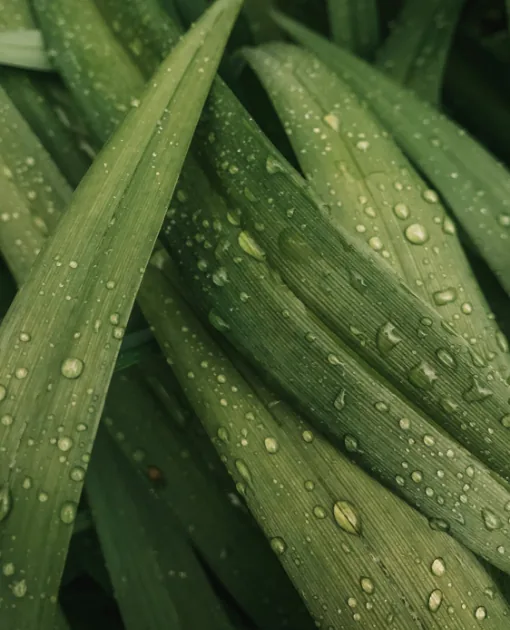Beautiful Plants For Your Interior

Fern fronds have spores on their undersides, and these structures serve a vital role in the fern’s reproductive cycle. Here’s a closer look at the purpose of spores on fern fronds:
- Reproductive Propagation: Ferns are unique among plants because they reproduce through spores rather than seeds. Spores are the equivalent of plant seeds but are much smaller and do not contain an embryo. These spores carry genetic material and are produced by specialized structures called sporangia, which are found on the undersides of fern fronds.
- Dispersal: The spores on fern fronds are designed for dispersal. When mature, the sporangia release spores into the surrounding environment. These tiny, lightweight spores are easily carried by the wind, water, or animals to new locations. This dispersal mechanism allows ferns to colonize new habitats and expand their range.
- Germination: When spores land in a suitable environment, they can germinate and give rise to a new fern plant. Germination typically involves the spore developing into a tiny, heart-shaped structure called a prothallus, which is a gametophyte stage. The prothallus produces male and female reproductive structures, allowing ferns to undergo sexual reproduction.
- Sexual Reproduction: Ferns have a unique reproductive cycle that involves both sexual and asexual reproduction. While spores facilitate asexual reproduction by producing new fern plants genetically identical to the parent, they also play a crucial role in sexual reproduction. The prothallus produced from a spore can produce eggs and sperm, which, when combined, form a zygote that grows into a new fern plant with genetic diversity.
- Adaptation to Different Environments: By producing spores, ferns have adapted to various environmental conditions. They can colonize different habitats, including moist forests, stream banks, and even rocky crevices. Their ability to produce spores, which can be dispersed over long distances, allows ferns to thrive in diverse ecosystems.
In summary, the spores found on the undersides of fern fronds are essential for fern reproduction. They enable both asexual and sexual reproduction, allowing ferns to adapt to different environments and continue their life cycle in a variety of ecological niches. This unique reproductive strategy has contributed to the success and diversity of ferns in the plant kingdom.